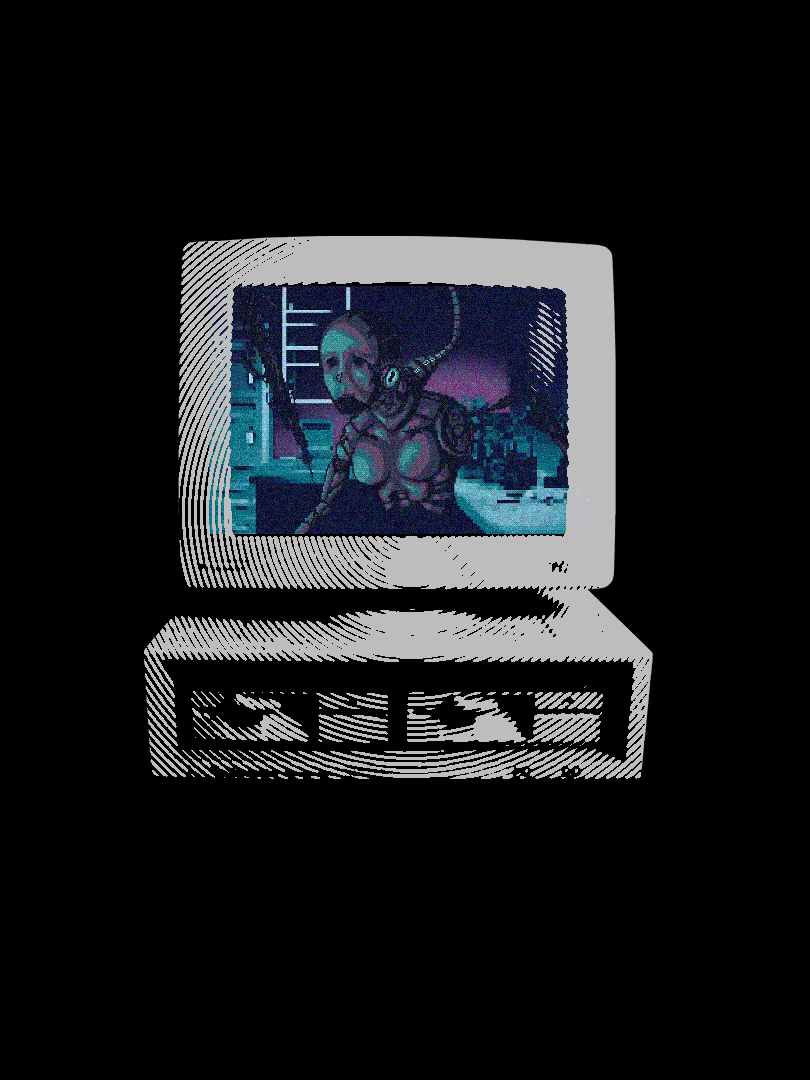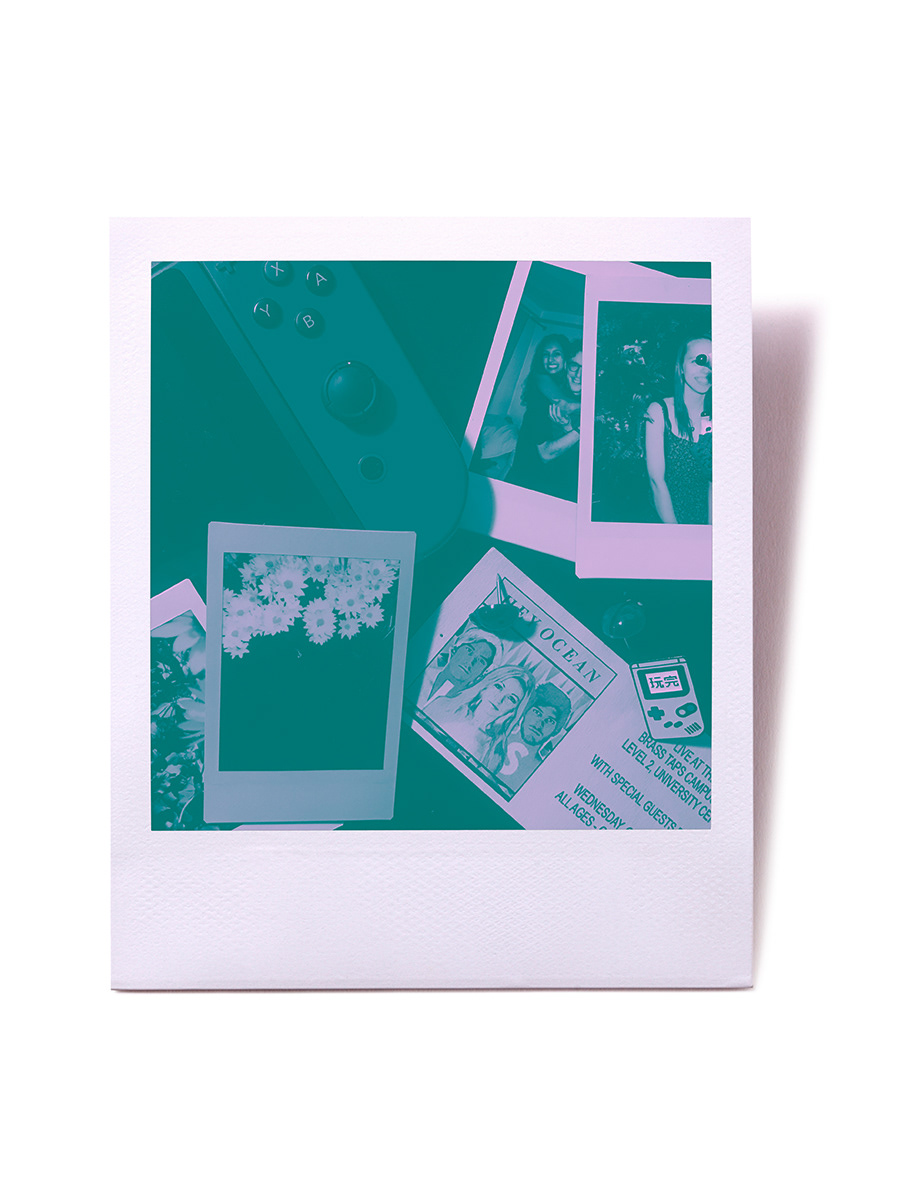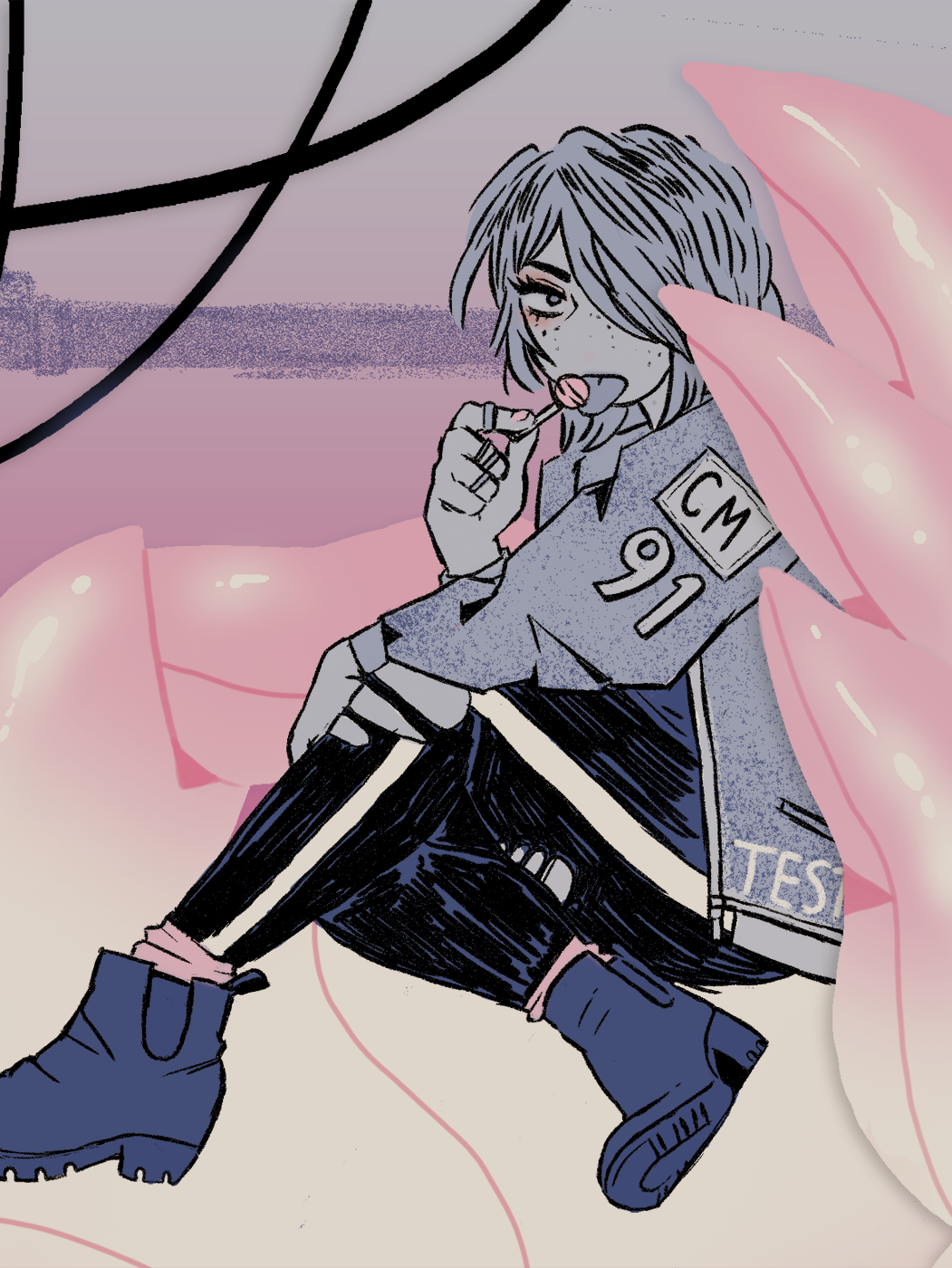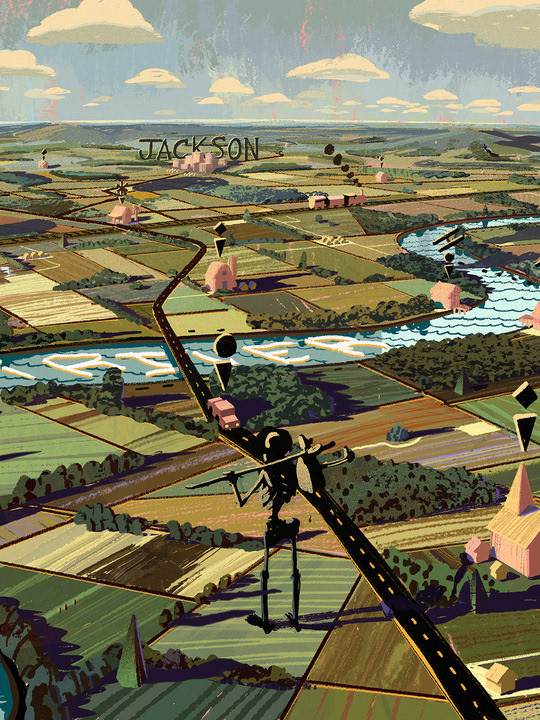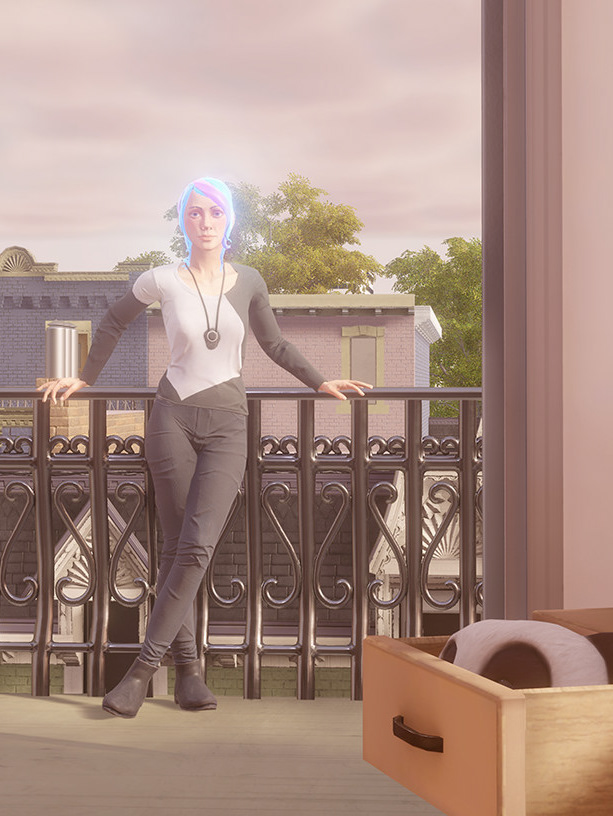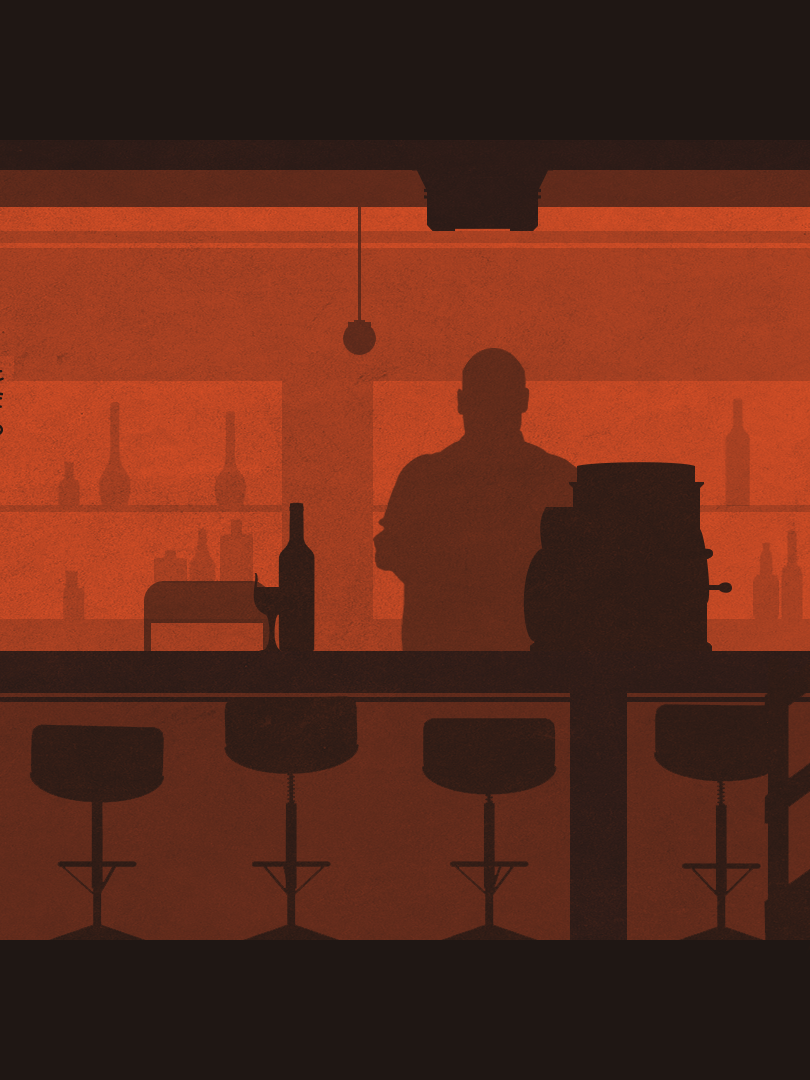Human memory is inherently flawed. Our records are scratched, our photographs are over-exposed. The words are more like that of a heartwarming tale of human sacrifice we read in that one waiting room Reader’s Digest one forgotten afternoon, rather than the hours we spent under covers pouring over our favorite novels, living in worlds where we imagined ourselves the hero. Our recollections are a collection of half-remembered feelings faded like construction paper left out in the sun too long. We live in our own heads and our own worlds, trying to make sense of every other world we bump into. It is this exact feeling that Marie’s Room captures perfectly.
Looking back over one’s own life, we can clearly see those dumb ideas and mistakes that keep us awake at night. We see our flaws and imperfections, but we also see our moments of triumph. The in-betweens of these blur together in forgotten appointments and dull work days. Other games in this narrative genre have given life to these in-betweens, games like Gone Home or What Remains of Edith Finch put character into those small items and moments that can act as anchors for the memories that slip between the cracks. The strength of these games isn’t just their compelling emotional moments, but the power in the things we are in the silence between these memories. That take-out menu from Friday night dinners or the broken mug never repaired from that fight. We want to imagine we are our own protagonists, leaping from climactic moment to climatic moment but in reality, we are the in-betweens and games like the ones mentioned before give us emotional resonance for those small moments, the ones we forget but are truly the ones that define us.
Marie’s Room takes this one step further, and explores these moments through the lens of memory, guilt, and friendship. I won’t spoil the story too much, as it is free on Steam right now and only requires a small time investment to play through. What I will say though is that it feels like a natural next step in this genre. Through exploring someone else’s room, we can slowly piece together who they are. By framing the story through the dual perspectives of both Marie and Kelsey, we see the flawed and powerful nature of when our individual worlds crash into one another. Each anchor, each item has a memory tied to it and we get to see what it means to both characters. We see their dual stories play out as we explore, and find out what each moment meant to them. We hear Kelsey’s inner monologue as she combs through the room she once claimed as home. We get to see Marie’s diary fill out, exploring the other side of these moments. We see their paths cross, then diverge, then begin to meet up once again. Two worlds colliding with sometimes quiet importance, or catastrophic intent.
Long after the game was closed, the game’s idea of memory and permanence stuck with me. I found my own apartment had become a shrine almost to what I adore of these games. A collection of anchors: objects that told the story of who I was and who I want to be. A museum of memories long past, to characters, admired, and to stories constantly revisited. Knick-knacks to provide something I sometimes struggle with, a clear foundation and definition of who I am. I am often introspective and silent about it. I am like Kelsey and Marie, not in a narrative-sense but almost in a meta way, where I fall back on inner monologues and carefully acquired decor to tell my story. I don’t think I’m alone in this; look at walls of polaroids in rooms, laptops covered in stickers, or denim jackets done up in enamel pins. We like these things because they are memories, clearly defined, and we wear them like badges of honor. Monuments to the moments and ideas we hold dear.
Marie’s Room tells a compelling story of two friends and the way their worlds collide. We find shelter in both their painful memories and their quiet, comfortable in-betweens. The strength of the game is the celebration of what some might consider the unremarkable. It reminds us that we don’t define ourselves by our promotions, our weddings, or our break-ups. We are the silence that fills the gaps of these moments. Many of us also find our ourselves in our anchors, the items that help give clarity to the faded ideals and memories we treasure. The game reminds us though that while there is a powerful draw to these objects, these anchors, we can’t let them weigh us down and solely define us. We are more than our junk drawers or our haphazard collection of anime figurines. We are also those who take the time to explore our worlds, the adventurers who bring our story to life.
